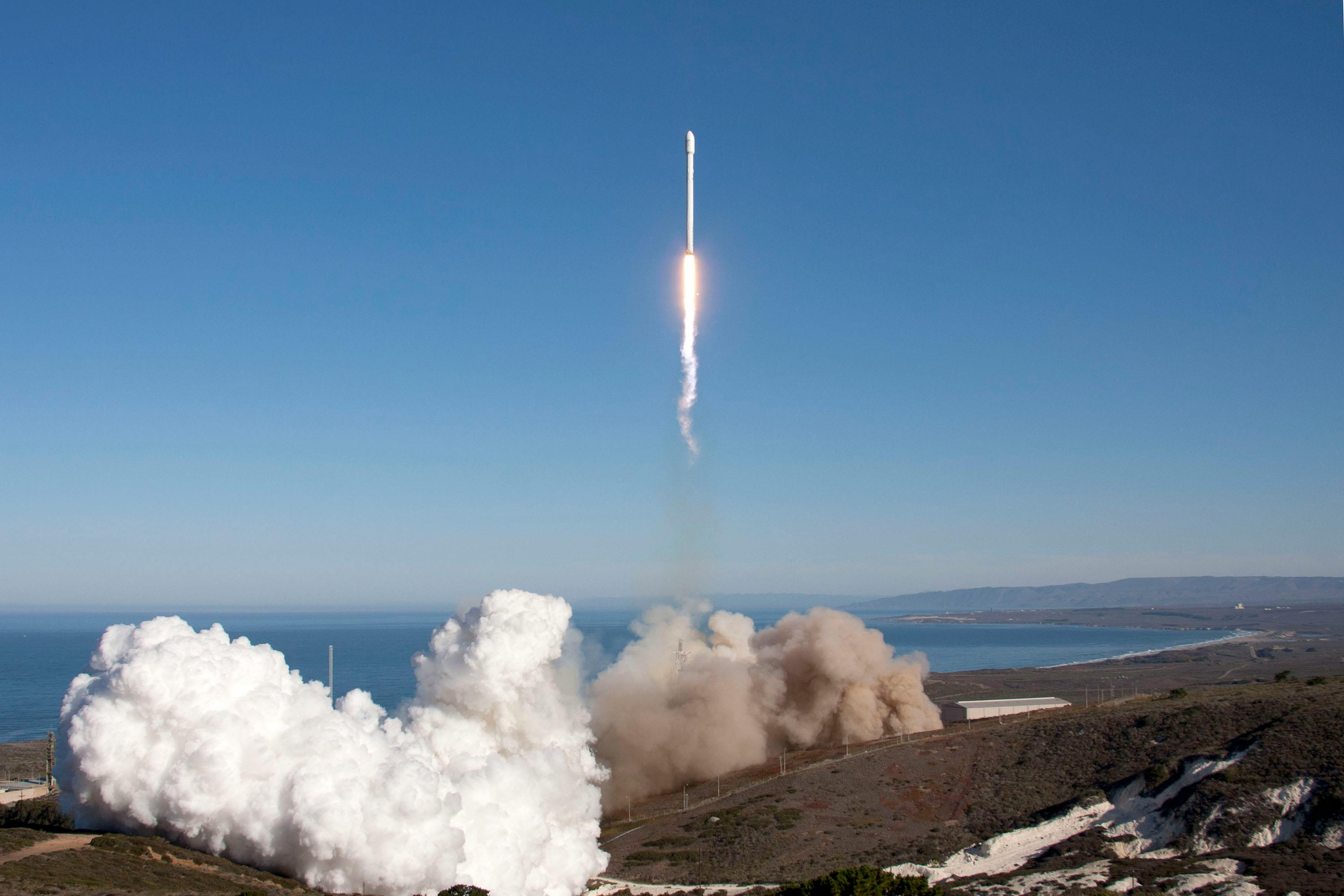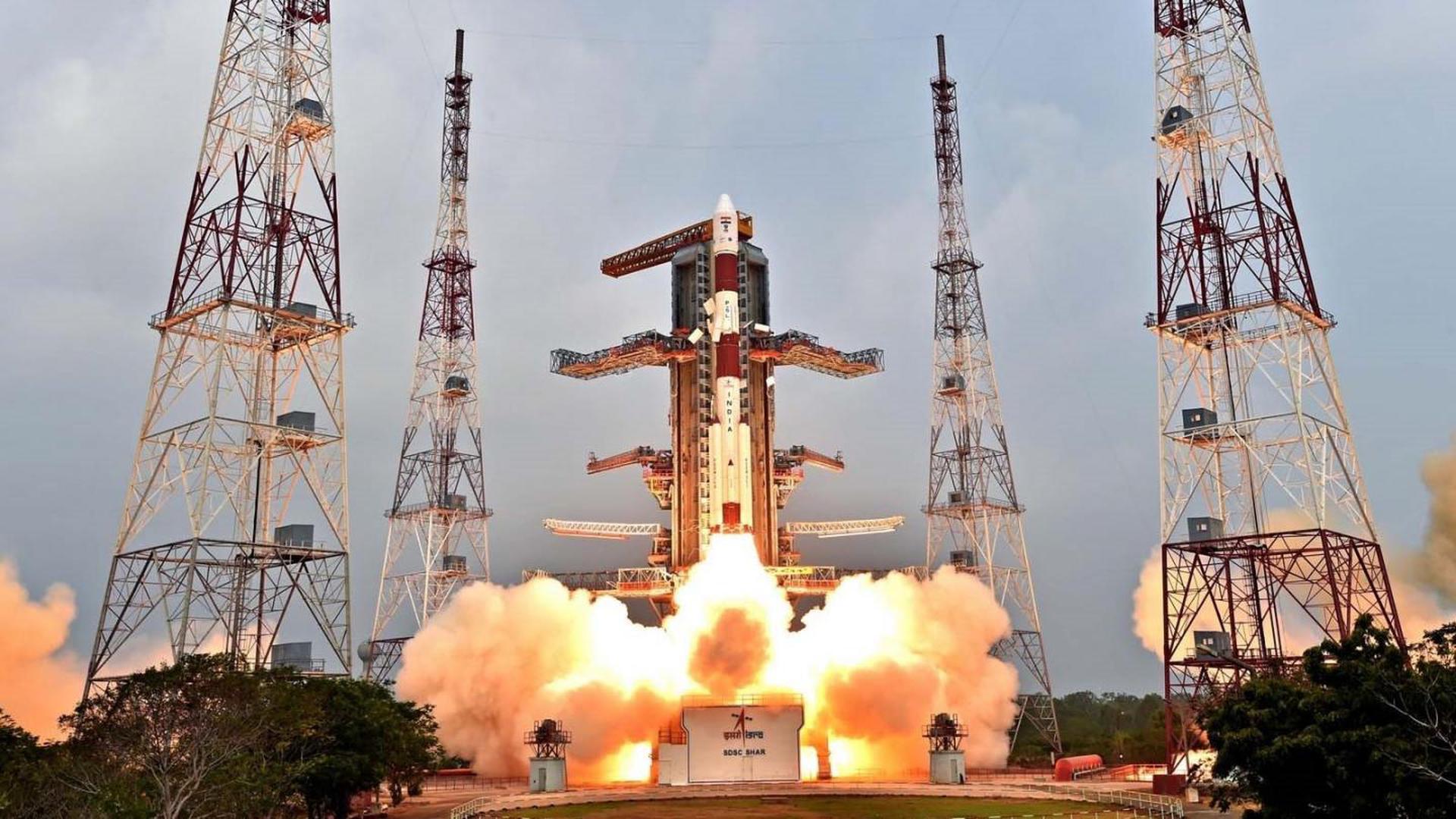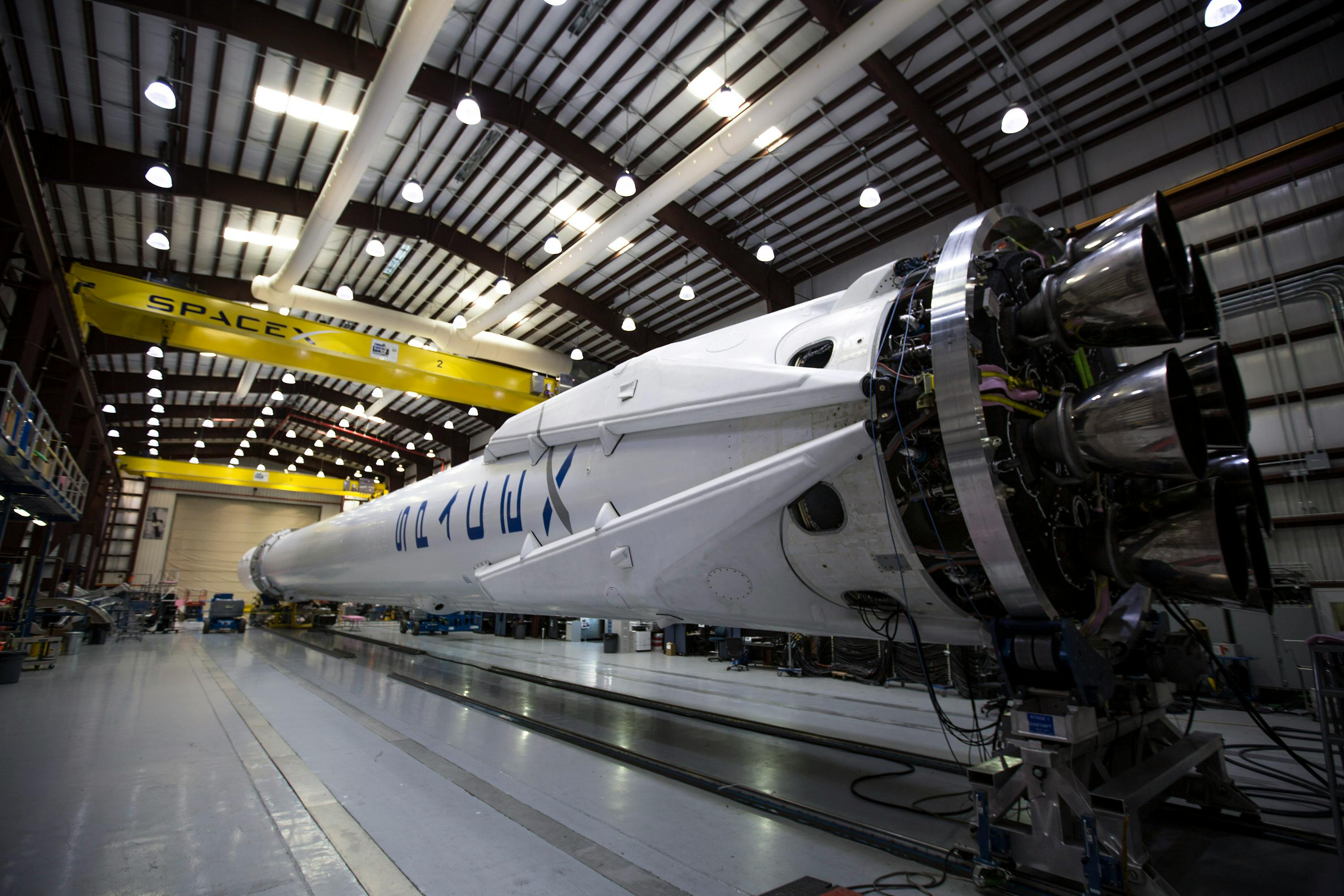· space brief · 4 min read
Space Brief 2 Apr 2025
DARPA's accidental SpaceX detection highlights Earth as a natural sensor, while SpaceX's Fram2 launches into a polar orbit. Helsinki's defense budget rise hints at increased military satellite activity.

📄Top Stories
Researchers from DARPA have accidentally detected the reentry of a SpaceX Falcon 9 rocket, using Earth’s atmosphere as a natural sensor. Meanwhile, SpaceX has made history with its Fram2 mission, marking the first crewed spaceflight over both the North and South Poles. In defense news, Finland is planning a significant increase in defense spending, which could see greater investment in military satellite capabilities.
📰Detailed Coverage
DARPA Unlocks Earth’s Potential as a Space Sensor
DARPA researchers have accidentally discovered a new method for tracking space reentries by listening to Earth’s atmosphere. This unexpected detection of a SpaceX Falcon 9 rocket reentry illustrates the potential of using atmospheric disruptions as a natural sensor network. The findings suggest that atmospheric acoustics can be a valuable tool in monitoring both planned and unplanned space events.
Technically, the observation was made possible by sensitive instruments that detect infrasonic waves—sound waves that are below the frequency of human hearing—which emanate from the reentry of spacecraft. This research opens new avenues for atmospheric science in tracking space debris and satellite reentries, offering complementary data for satellite tracking applications.
Read the full story: Space.com
SpaceX’s Fram2 Embarks on Historic Polar Expedition
SpaceX’s latest mission, Fram2, successfully launched a crewed capsule into the first-ever polar orbit for human spaceflight. Departing from Kennedy Space Center, the mission reflects innovative orbital paths once only dreamed of, reminiscent of the historic Norwegian vessel Fram, known for its polar explorations.
The polar orbit allows the spacecraft to pass directly over the Earth’s poles, providing a unique vantage point for scientific studies and Earth observation. This mission not only demonstrates SpaceX’s expanding operational capabilities but also heralds new opportunities for data collection on global environmental changes.
Read the full story: Space Explored
Finland’s Defense Spending Set for Profound Growth
In a move to bolster its national security, Finland has announced plans to increase its defense spending to 3 percent of GDP by 2029, as noted by Defense Minister Antti Häkkänen. This strategic commitment is partly in response to regional security challenges and perceived threats, particularly from Russia.
Such an increase in funding is expected to enhance Finland’s military capabilities, which likely includes the development and deployment of advanced military satellites. These satellites could provide improved surveillance, communication, and defense services, further underscoring the importance of satellite tracking in military operations.
Read the full story: Breaking Defense
🛰️Satellite Spotlight
- Satellite Name: METEOR 1-25
- NORAD ID: 08845
- Launch Date: 1976-05-15
- Mission: Meteorology, Earth observation
- Orbit: Inclination: 81.2658°, Period: 102.1 minutes, Eccentricity: 0.0040645
- Operator: PRIR
- Fun Fact: METEOR 1-25 was part of the Soviet Union’s early meteorological satellite series aimed at improving weather observation capabilities—an essential step for both civilian and military forecasting.
Current TLE Data:
1 08845U 76043A 25091.88845302 .00000035 00000+0 11831-4 0 9995
2 08845 81.2658 25.6627 0040645 104.5674 256.0011 14.11765675662654
Track this satellite in real-time on our web app: Track METEOR 1-25
Upcoming Space Launches
April 3
-
China Aerospace Science and Technology Corporation Long March 6:
- Unknown Payload from Taiyuan Satellite Launch Center, People’s Republic of China (02:04 UTC)
-
SpaceX Falcon 9:
- Starlink Group 11-13 from Vandenberg SFB, CA, USA (22:54 UTC) A batch of 27 satellites for the Starlink mega-constellation - SpaceX’s project for space-based Internet communication system.
April 5
- SpaceX Falcon 9:
- Starlink Group 11-11 from Vandenberg SFB, CA, USA (22:30 UTC) A batch of satellites for the Starlink mega-constellation - SpaceX’s project for space-based Internet communication system.
April 6
- SpaceX Falcon 9:
- Starlink Group 6-72 from Cape Canaveral SFS, FL, USA (02:40 UTC) A batch of satellites for the Starlink mega-constellation - SpaceX’s project for space-based Internet communication system.
April 8
- Russian Federal Space Agency (ROSCOSMOS) Soyuz 2.1a:
- Soyuz MS-27 from Baikonur Cosmodrome, Republic of Kazakhstan (05:47 UTC) Soyuz MS-27 will carry two cosmonauts and one astronaut to the International Space Station. The crew consists of Roscosmos cosmonauts Sergey Ryzhikov, Alexey Zubritsky, and NASA astronaut Jonathan “Jonny” Kim.
April 14
- Blue Origin New Shepard:
- NS-31 from Corn Ranch, Van Horn, TX, USA (13:30 UTC) NS-31 is the 11th crewed flight for the New Shepard program and the 31st in its history.
April 21
- SpaceX Falcon 9:
- Dragon CRS-2 SpX-32 from Kennedy Space Center, FL, USA (08:15 UTC) The 32nd commercial resupply services mission to the International Space Station, delivering supplies and payloads, including critical materials to support science and research investigations.
April 29
- Arianespace Vega-C:
- Biomass from Guiana Space Centre, French Guiana (09:15 UTC) Biomass is an ESA mission designed to measure carbon density in forests, using a P-band synthetic aperture radar.
April 30
-
United Launch Alliance Atlas V 551:
- Project Kuiper (Atlas V #2) from Cape Canaveral SFS, FL, USA (00:00 UTC) This mission involves launching satellites for Project Kuiper, a mega-constellation intending to provide broadband internet access.
-
Gilmour Space Technologies Eris-1:
- Maiden Flight from Bowen Orbital Spaceport (00:00 UTC) Maiden flight of Gilmour Space’s orbital launch vehicle Eris.
Note: Launch dates and times are subject to change due to technical or weather considerations.

Maurice Stellarski





